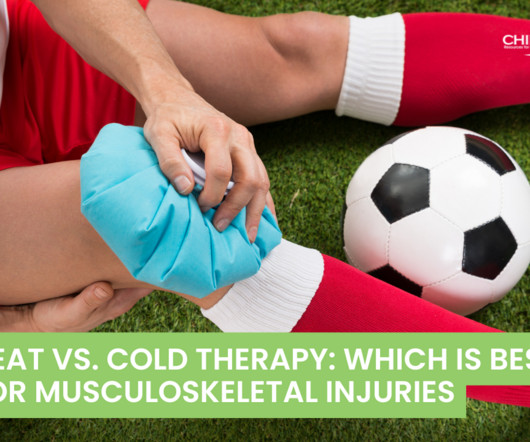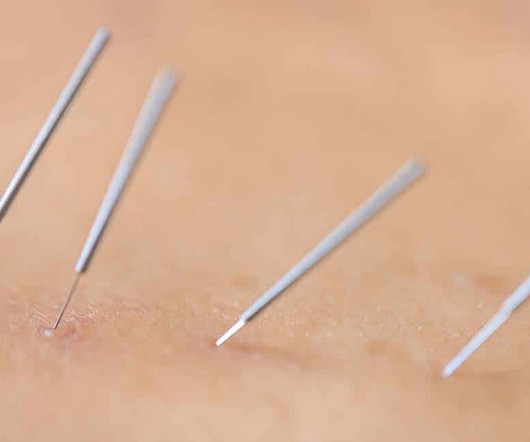Heat vs. Cold Therapy: Which is Best for Musculoskeletal Injuries
ChiroUp
NOVEMBER 14, 2024
1-3) Migraine Headaches : Using ice for migraines can provide relief. (5-7) Pre-Workout : Applying heat before exercise can enhance physical function, range of motion, and flexibility, reducing the risk of muscle strain or stiffness. Cold vs. heat after exercise—is there a clear winner for muscle soreness.











Let's personalize your content